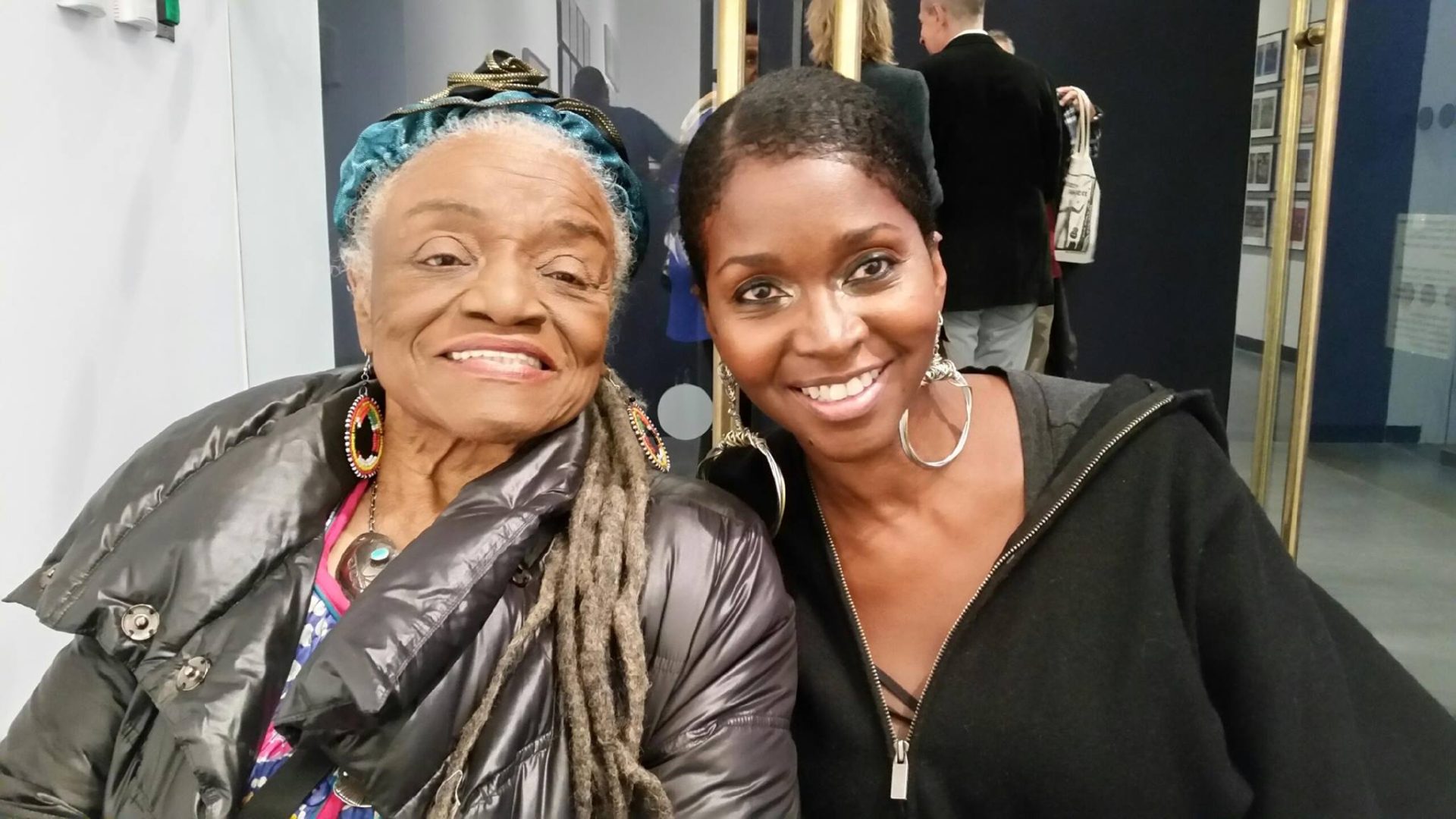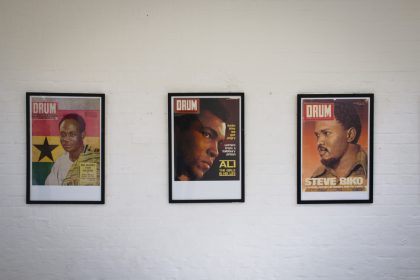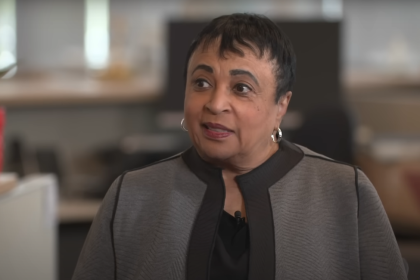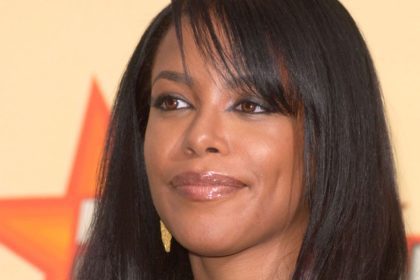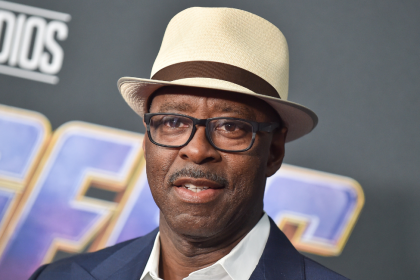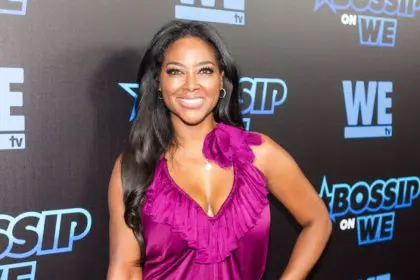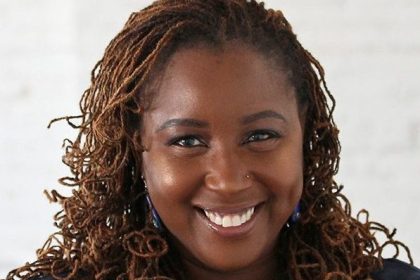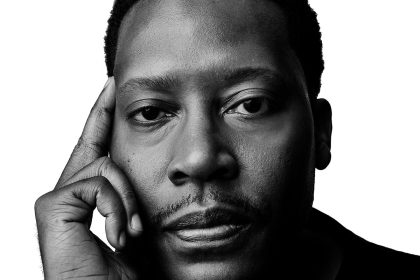Continuing a legacy of breaking barriers
Historically, Black artists have faced immense challenges in gaining recognition in major galleries and museums, which for decades were dominated by white artists and patrons. However, trailblazers like Jacob Lawrence and Augusta Savage shattered these barriers, slowly carving out spaces for Black artistry in mainstream venues.
Sherald’s rise follows this path, bringing her powerful portrayals of contemporary Black life into the highest echelons of the art world. Her work, including the 2020 portrait of Breonna Taylor and her celebrated depiction of Michelle Obama, reflects both the strength of Black cultural identity and the struggles for justice and representation.
A unique artistic vision
Sherald’s approach, using grayscale to depict Black skin against vibrant, symbolic backgrounds, connects to a deeper artistic tradition while offering a fresh take on Black portraiture. Her work carries forward the legacy of Black artists who have used visual art to center Black humanity and challenge stereotypes, much like Kerry James Marshall and Barkley L. Hendricks. By focusing on the resilience, beauty, and individuality of her subjects, Sherald expands the narrative of Black life in art, moving it beyond the margins and into the heart of contemporary portraiture.
A trailblazer in contemporary art
Sherald’s career took off with her striking portrait of Michelle Obama, unveiled in 2018. It marked a turning point in the depiction of Black women in art, with its bold visual statement and cultural resonance. Her upcoming exhibition at the National Portrait Gallery further cements her role as a trailblazer. Like Alma Thomas before her — who became the first Black woman to have a solo show at the Whitney Museum of American Art — Sherald’s exhibition signals a continued shift toward inclusivity and recognition of Black contributions to art.
Iconic works on display
Among the many notable works on display will be her 2016 portrait “Miss Everything (Unsuppressed Deliverance),” which earned her the Outwin Boochever Portrait Competition prize and catapulted her into the national spotlight. The inclusion of this portrait, along with others like her rendering of Breonna Taylor, offers a full spectrum of Sherald’s artistic evolution, each piece a testament to the ongoing struggle for Black voices to be seen and heard within institutional spaces.
Reclaiming space for Black narratives
The impact of Sherald’s work transcends its aesthetic appeal; it reclaims space in a historically exclusive art world. Her portraits, like those of other Black artists before her, challenge the viewer to reconsider traditional narratives and confront the erasure of Black experiences in American art history. Each of her works is a declaration of Black beauty, dignity and complexity, joining the canon of Black artists who have reshaped the dialogue around representation in art.
A cultural milestone
Rhea L. Combs, the National Portrait Gallery’s director of curatorial affairs, acknowledges the significance of this moment in art history.
“For the past eight years, Sherald’s art has enthralled viewers with its technical astuteness. With this mid-career survey, it is an honor to share with audiences the breadth and depth of Sherald’s practice,” Combs said in a statement, according to Hyperallergic.
This moment parallels the achievements of earlier Black artists who fought for visibility in major galleries, solidifying Sherald’s place in this ongoing legacy.

